Pinhole cameras and the evolution of photography has been quite impressive over the past century.
On April 30th, photography history buffs take note of the past with the celebration of Pinhole Photography Day.
What is Pinhole Photography?
Pinhole cameras are essentially a light-proof box with a hole. Light passes through the hole (or aperture) and projects an introverted image on the opposite side of the box. The devices were most likely used in ancient times to study light and watch solar eclipses. No lens is necessary, meaning these homemade pinhole cameras are very simple to make. Some cameras are just used for projection, while more complex systems include photo paper and a shutter to mimic a film camera.
Another noteworthy tidbit – David Brewster, a Scottish inventor, may have coined the term pinhole photography in 1856. The camera is described in his book The Stereoscope as “a camera without lenses, and with only a pin-hole”. However, there is evidence of these types of cameras being used in ancient Chinese writings as early as 500 BCE.
What’s the point of Pinhole Photography Day?
Most of all, pinhole photography day reminds us of photography at its most basic. It’s a fun day to show children or adults the basic science behind how cameras work, and there are also some photography contests involved!
Homemade Pinhole Cameras
Here’s how to make your own pinhole camera! A more sturdy example is shown in the video below, but homemade pinhole cameras can be made simply by using a shoe box or matchbox. Watch a video tutorial here. In addition to these examples, check out this article about a Can-Shaped Camera.
And finally, click here for more general information on Pinhole Photography Day.

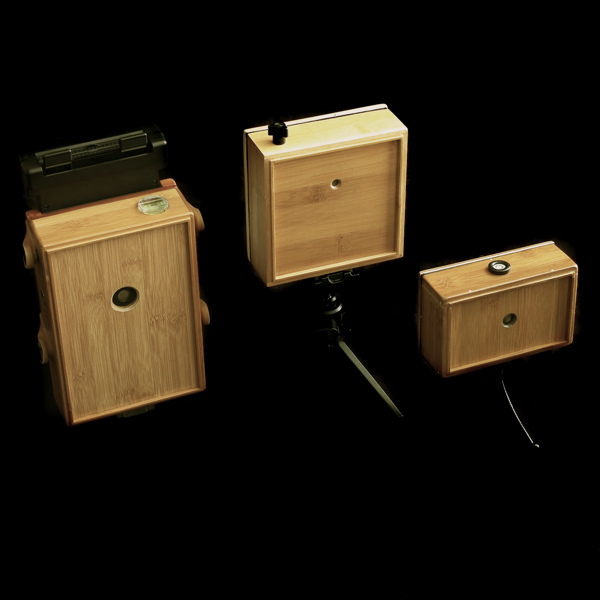

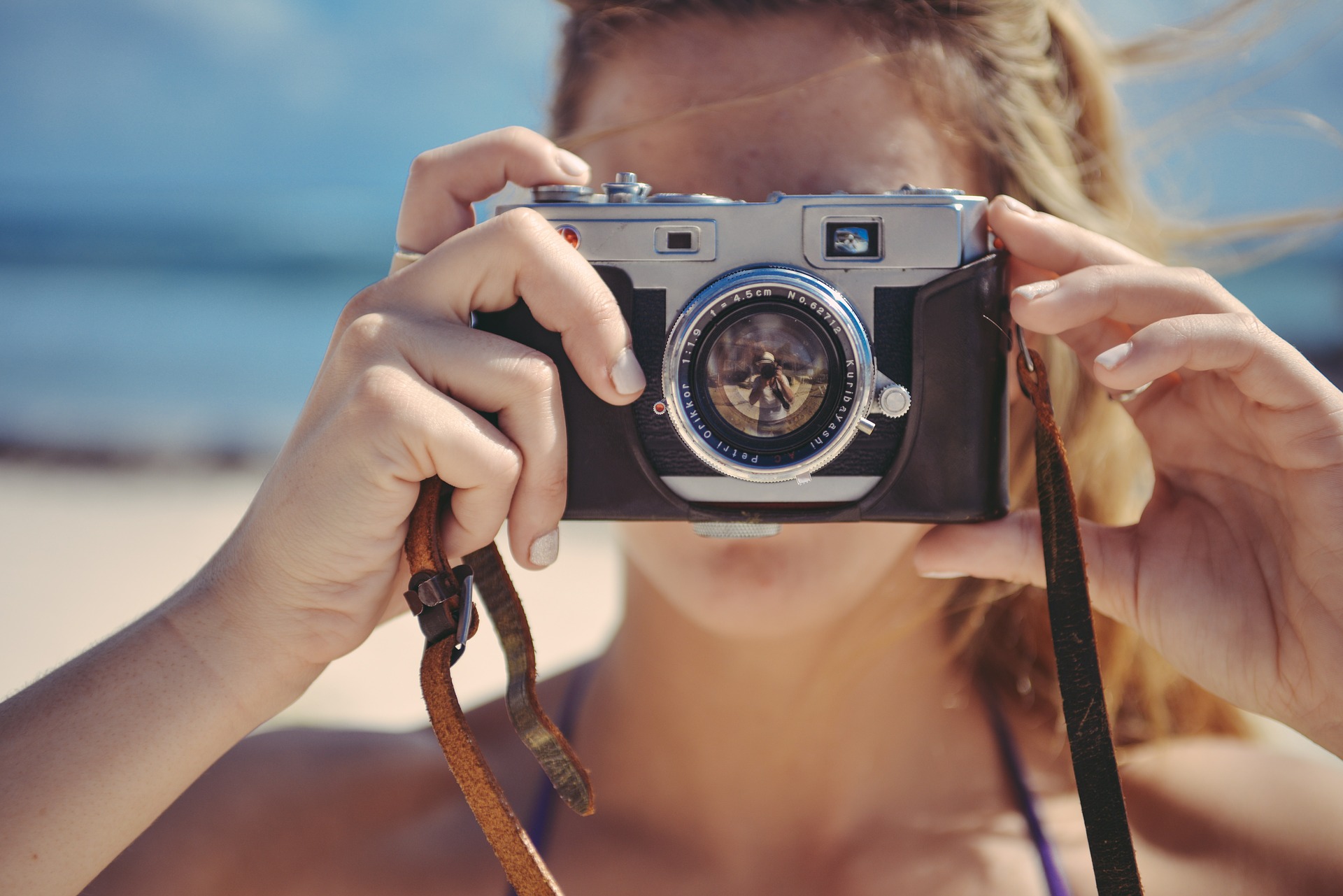



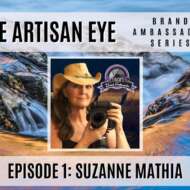
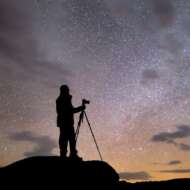

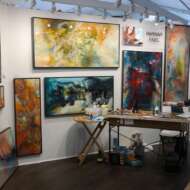


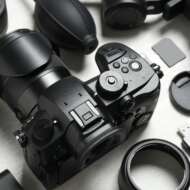
Leave A Comment